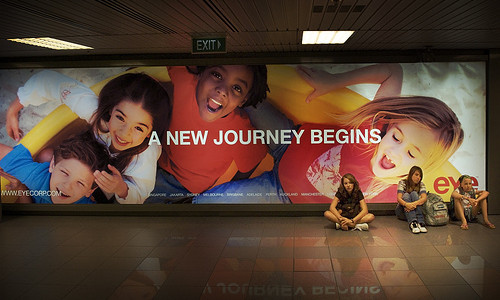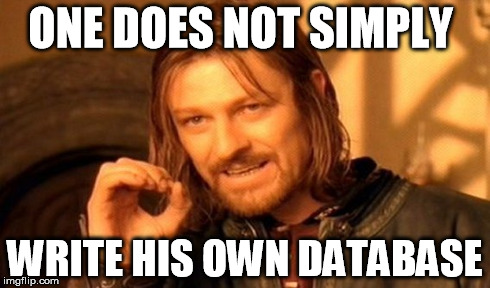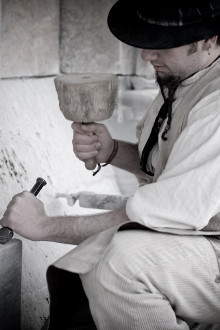But then, in the beginning of the week, the first FirefoxOS DevTreff meetup in Austria took place and I met some really enthusiastic hackers who immediately agreed to host me. So I went on with my tour for another week. First I visited a development team to run some in-house training. Besides the usual Coding Dojo we wanted to try something different this time. We started refactoring some nasty piece of production code Randori-style. It was really interesting to see the whole team communicating, e.g. the architect was surprised to see certain patterns in the class we worked on. Everybody was engaged and I wanted to encourage everybody to contribute so I abandoned the Randori-dojo protocol and the session turned into Mob Programming. It was fascinating. In the end the team agreed to use this style of working for our next session as well.
 Déjà vu
Déjà vuThen I visited Jürgen Cito in his office at the University of Technology, Vienna. I had a strong sensation of Déjà vu because many years ago, I had roamed these very same rooms in the beginning of my own studies. Jürgen told me about his master thesis about Statistical Methods in Managing Web Performance. It looked great and I am looking forward to the finished work. He had finished his research and was just wrapping things up so there was little we could work on. Instead Jürgen told me about an idea he had for some time and so we created Sinatramania. Sinatramania compares (or rather will compare) the different frameworks based on the Ruby Framework Sinatra by implementing the same simple REST API in the different programming languages and frameworks. We created a Cucumber test suite and started with the Sinatra reference implementation. It was much fun and I will definitely send him some pull requests as soon as things settle down. If you use one framework inspired by Sinatra, e.g. Flask, Laravel, Ratpack or Scalatra, then I encourage you to add your implementation to Sinatramania.
Tying up loose ends
I started my tour visiting the Vienna Ruby Community, presenting them my idea of Journeyman Tour. Back then the leaders of the group had invited me to run a Coding Dojo but it had taken almost three months to find a suitable date while I was busy on tour. Finally I came back to deliver the promised Ruby Coding Dojo. We worked on the String Calculator Kata, a perfect exercise for a first time Dojo. We had excellent discussions and I particularly liked Ben's question if three powerful Ruby functions like
split, map and reduce might be too much to squeeze into a single line of code. Yes, with great power comes great responsibility ;-)
Friday I visited an old friend. His line manager had agreed to my visit but he had not bothered to ask for full, official approval up the hierarchy. So I cannot name him nor his employer. Nevertheless it was a great day. In the morning we discussed TDD and integration tests. Then we created a new Maven plugin, test first of course. I proposed to create a guiding test, which we built using the Maven Invoker Plugin. It took us half of a day to get the guiding test ready, because asserting the proper behaviour of our plugin under test was tricky. I learned a lot and Maven Invoker looked like a good alternative for the Maven Plugin Testing Tools, especially when considering the problems I had with them. Using the guiding test, further development was smooth and we would have finished the plugin on the second day. I was really sad that we only had one day to work on it.
This is the end my only friend, the end
As the title of this blog post implied, this was the last week of my tour and it ends my diary. You ask me why? You say that my tour sounds like some serious fun and I should go on forever. Actually I cannot. First I need a break. Second I ran out of companies. I wrote earlier that it took me roughly a man-month (160 hours) to find the 16 companies that hosted me and during my tour I did not have time to look for new hosts. Further I had planned my tour to last for three months and it had been exactly three months. Finally I need to go back to work and earn some money again. Although lunch was free, I spent a lot of money on commuting. Although my tour has ended, I still have many things I want to share. I will discuss what I have learned in upcoming posts, so stay tuned.
 Quality important is. Fight for it you must ;-)
Quality important is. Fight for it you must ;-)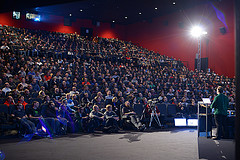
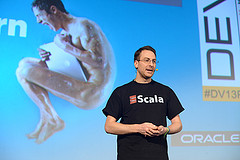
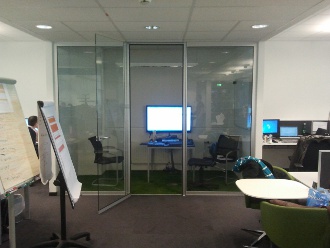 Then I moved on to
Then I moved on to 
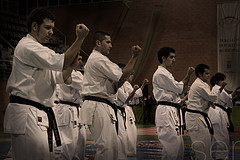

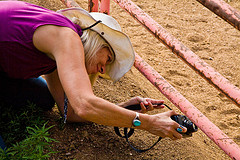



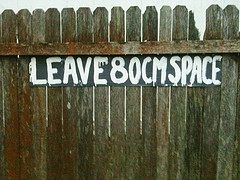

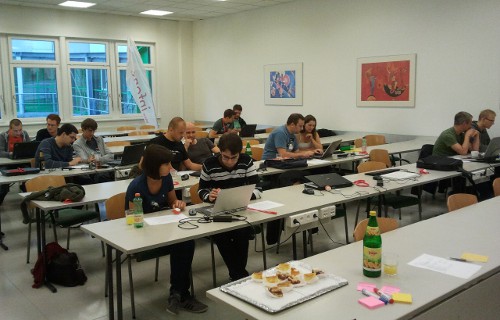 After morning coffee I
After morning coffee I 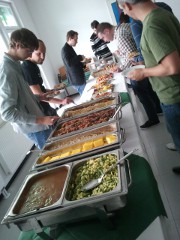 During the first session almost all teams used arrays of integers or boolean flags so I chose No Naked Primitives as constraint for the second session. During that session only one pair worked on the business rules and all others created only infrastructure, so I proposed to focus on the domain in the next session. Lunch was great, we had wine and beer, several main dishes, even cheese and sweets. It was luxuriant - thank you
During the first session almost all teams used arrays of integers or boolean flags so I chose No Naked Primitives as constraint for the second session. During that session only one pair worked on the business rules and all others created only infrastructure, so I proposed to focus on the domain in the next session. Lunch was great, we had wine and beer, several main dishes, even cheese and sweets. It was luxuriant - thank you 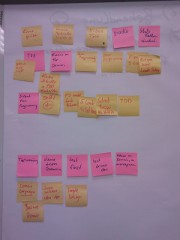 It was a very nice Code Retreat. The 15 participants were a good mixture of junior and senior developers, Scrum Masters and even one Product Owner who wanted to know what "his" developers do in their personal time ;-) People learned a lot, many of them had their first contact with TDD and pair programming in practice. Several decided to give TDD a try in their daily work. Thanks to our awesome sponsors INFONOVA and Campus02 we had everything we needed and the attending developers used the opportunity and made it a great event. Thank you all!
It was a very nice Code Retreat. The 15 participants were a good mixture of junior and senior developers, Scrum Masters and even one Product Owner who wanted to know what "his" developers do in their personal time ;-) People learned a lot, many of them had their first contact with TDD and pair programming in practice. Several decided to give TDD a try in their daily work. Thanks to our awesome sponsors INFONOVA and Campus02 we had everything we needed and the attending developers used the opportunity and made it a great event. Thank you all!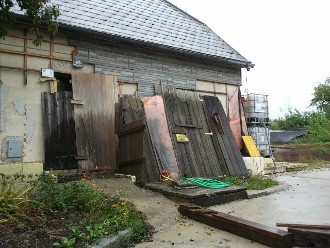 Markus used a gigantic spreadsheet to enter all parameters needed for such a calculation. It contained roughly 200 input parameters and 500 metrics for up to 50 product parts resulting in huge files with thousand of lines. Obviously Excel was reaching its limits and he needed something more powerful. We spent the first day discussing the domain of carbon footprint and created a small diagram defining the core elements of his calculations. Although we did not write any code it was a productive day because I helped Markus to reflect on his needs and he explained the requirement to me at the same time. We came to the shared conclusion that he needed a real database, but one that he might be able to develop himself, so we ended with Visual Basic (for Applications aka VBA) and MS Access. Although I did not fancy VBA it was the best choice for his needs and he liked the idea that he would be able to use parts of our VBA code in his spreadsheets as well.
Markus used a gigantic spreadsheet to enter all parameters needed for such a calculation. It contained roughly 200 input parameters and 500 metrics for up to 50 product parts resulting in huge files with thousand of lines. Obviously Excel was reaching its limits and he needed something more powerful. We spent the first day discussing the domain of carbon footprint and created a small diagram defining the core elements of his calculations. Although we did not write any code it was a productive day because I helped Markus to reflect on his needs and he explained the requirement to me at the same time. We came to the shared conclusion that he needed a real database, but one that he might be able to develop himself, so we ended with Visual Basic (for Applications aka VBA) and MS Access. Although I did not fancy VBA it was the best choice for his needs and he liked the idea that he would be able to use parts of our VBA code in his spreadsheets as well.
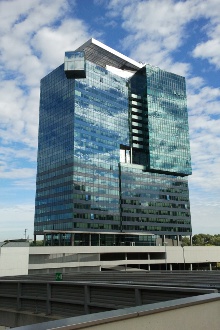 Culture Shock
Culture Shock





